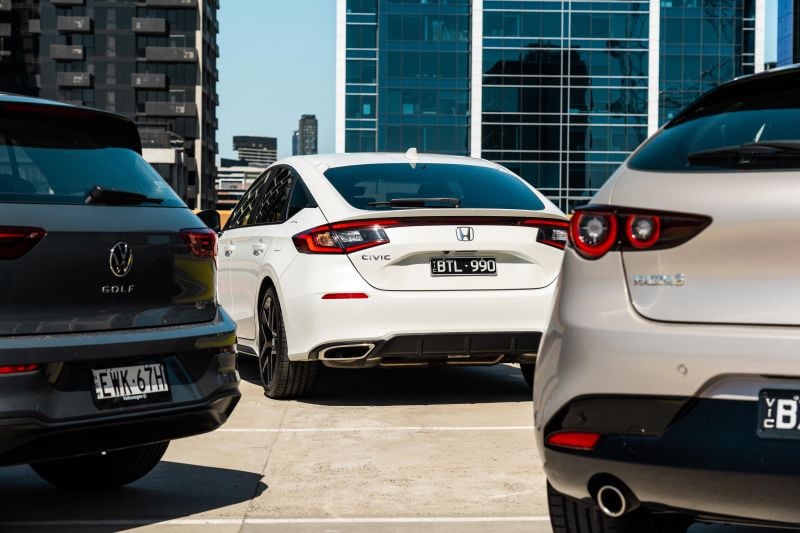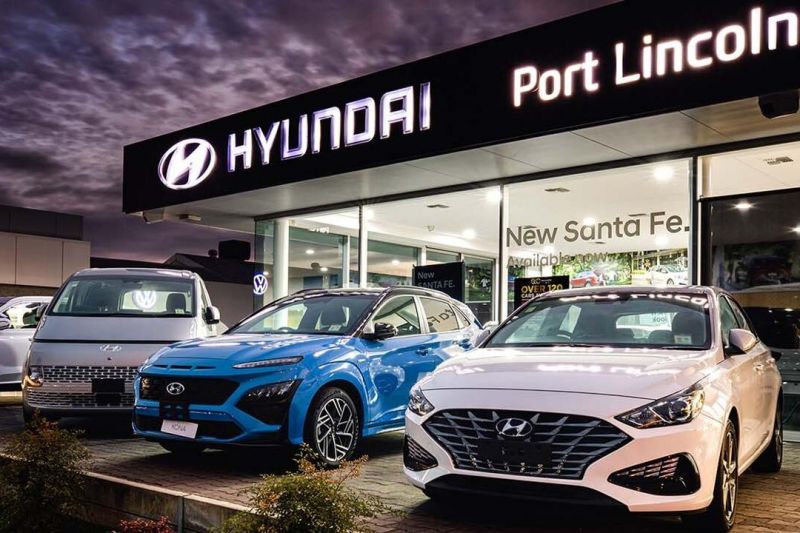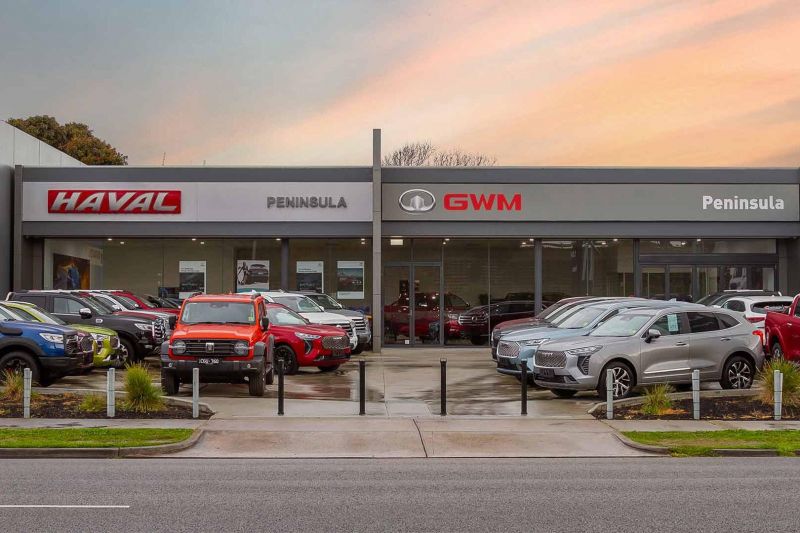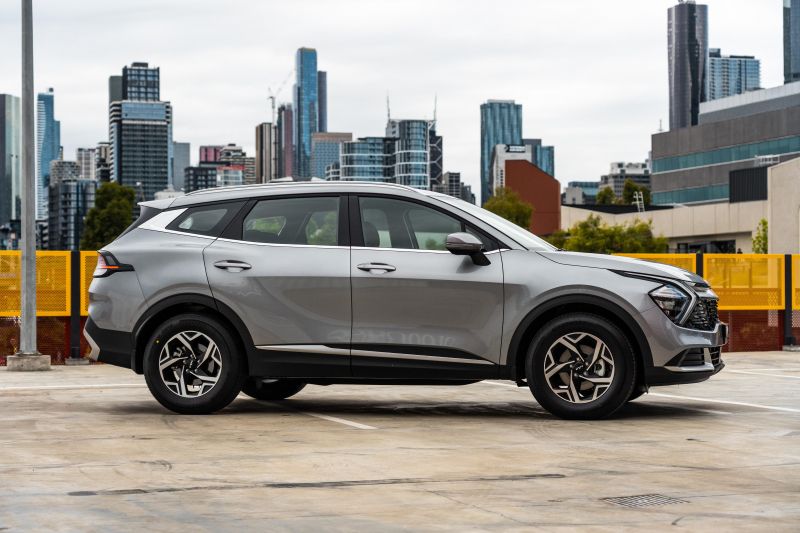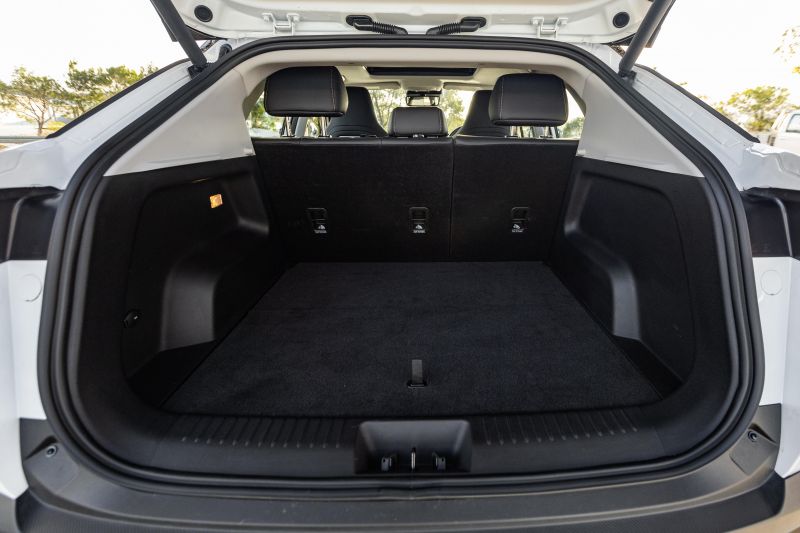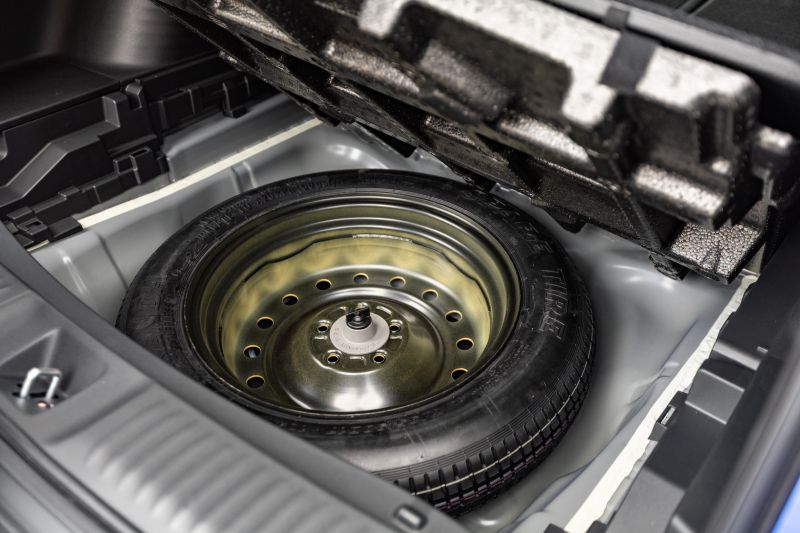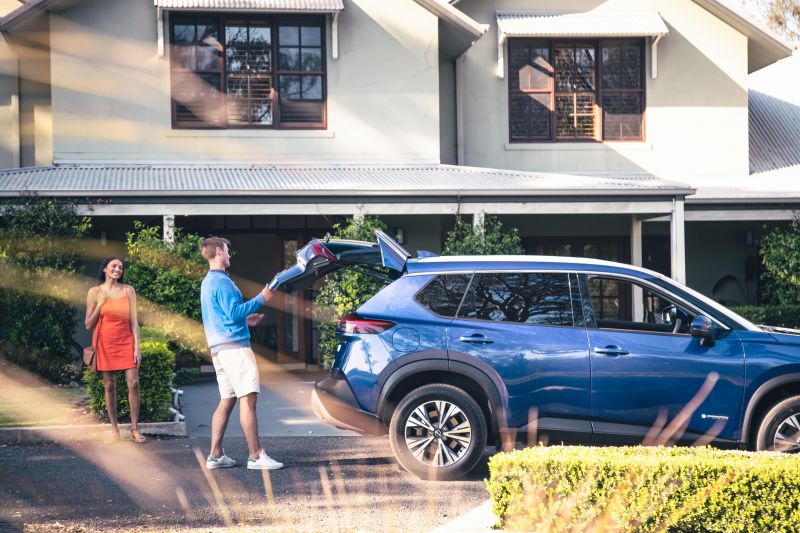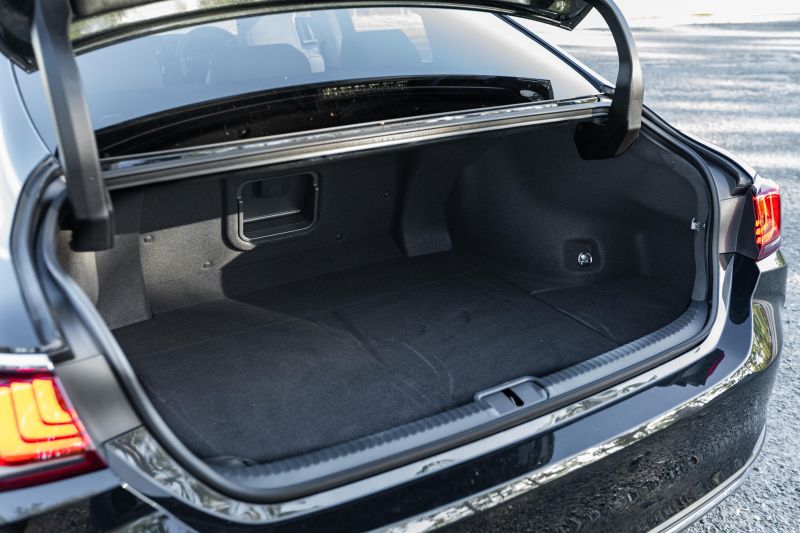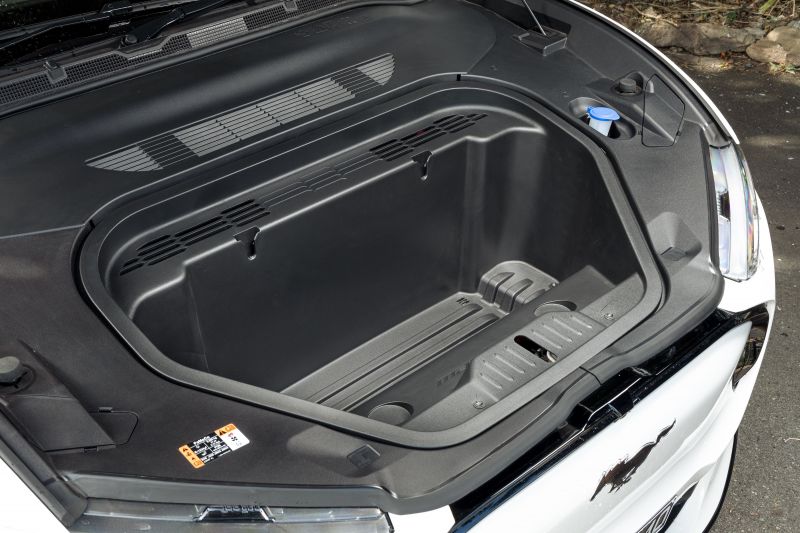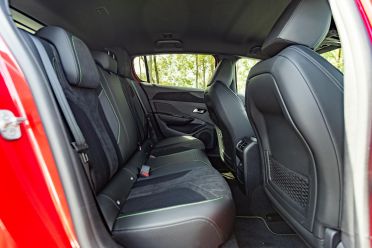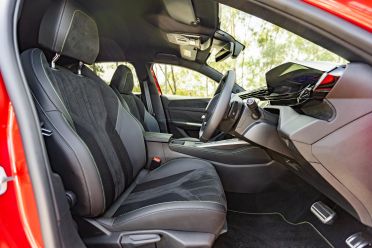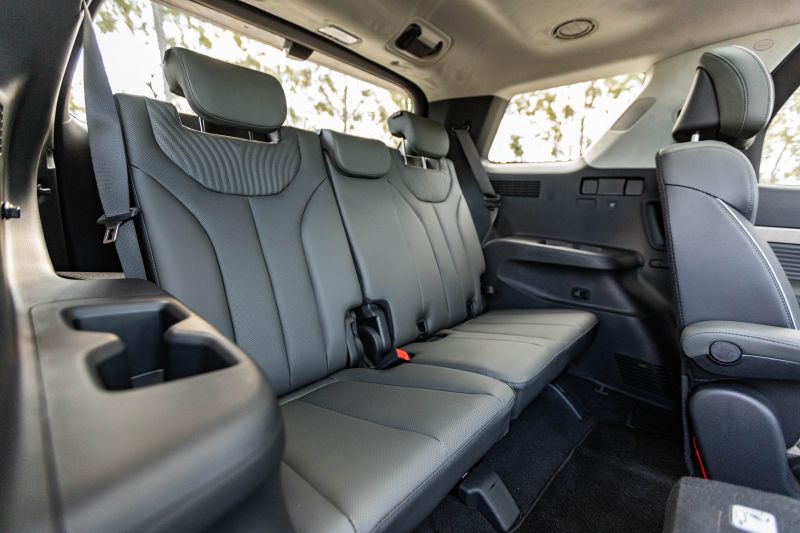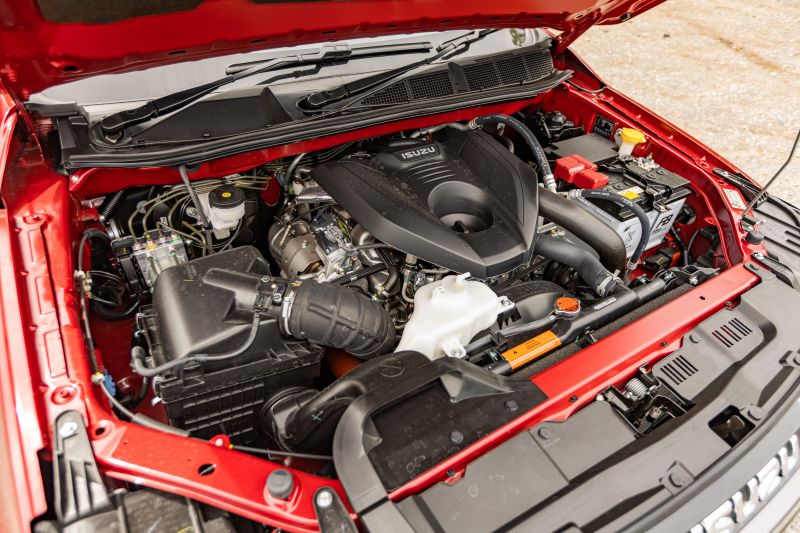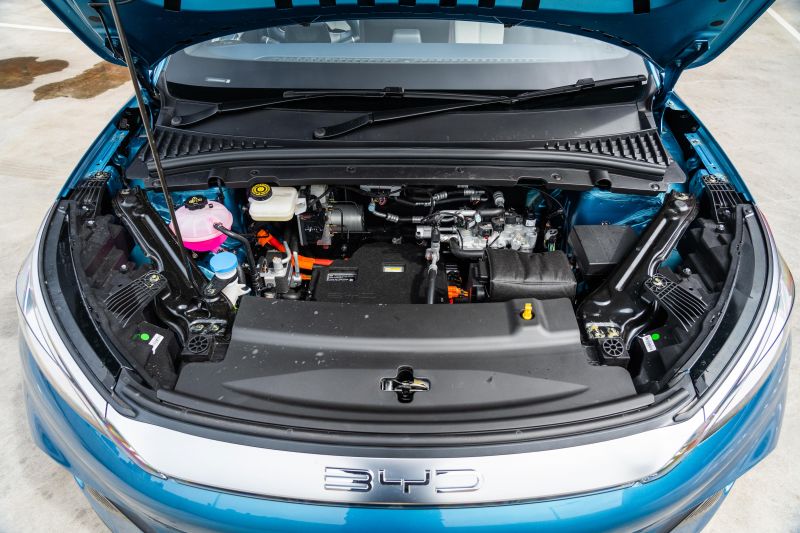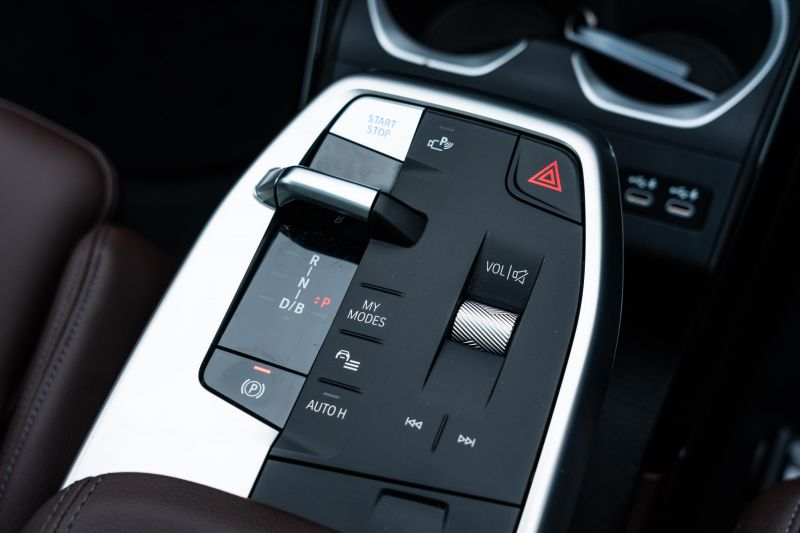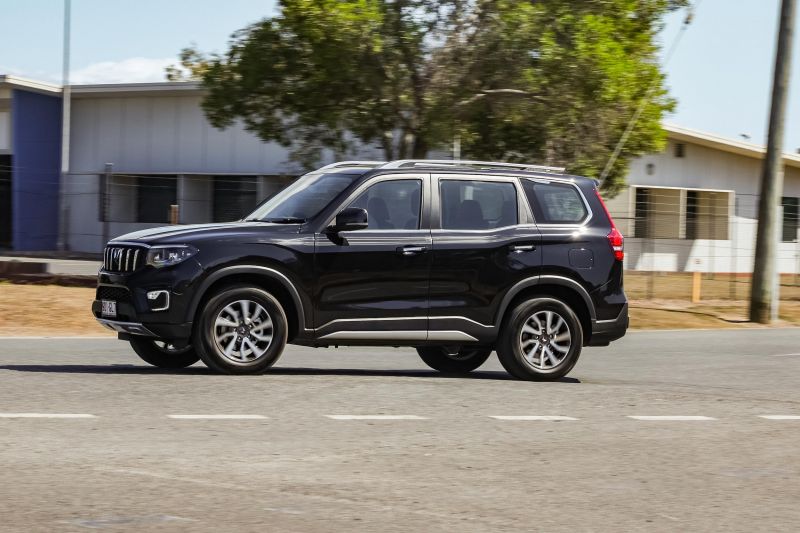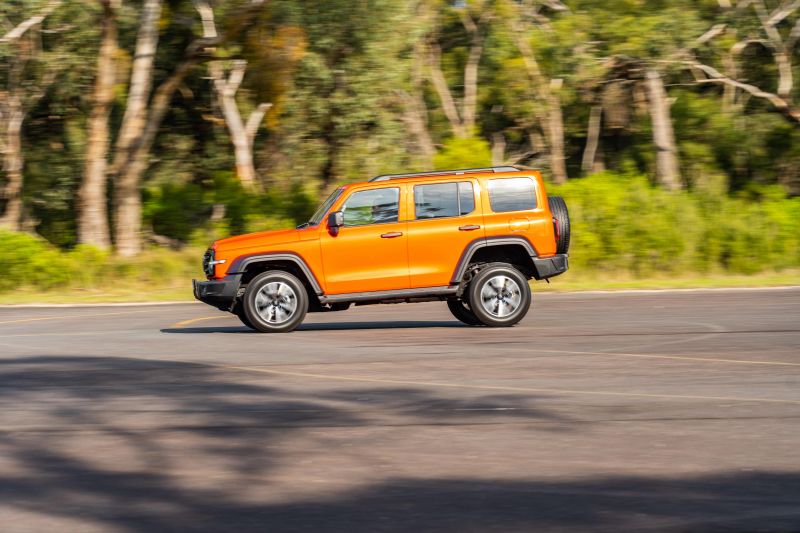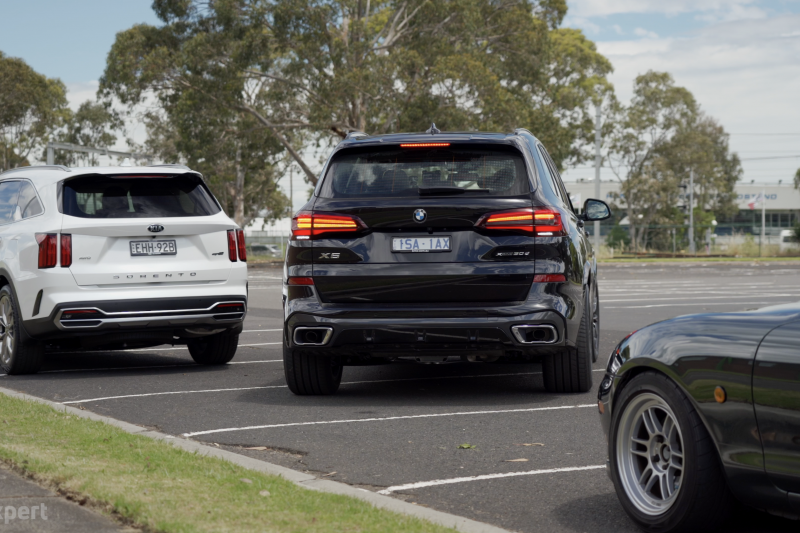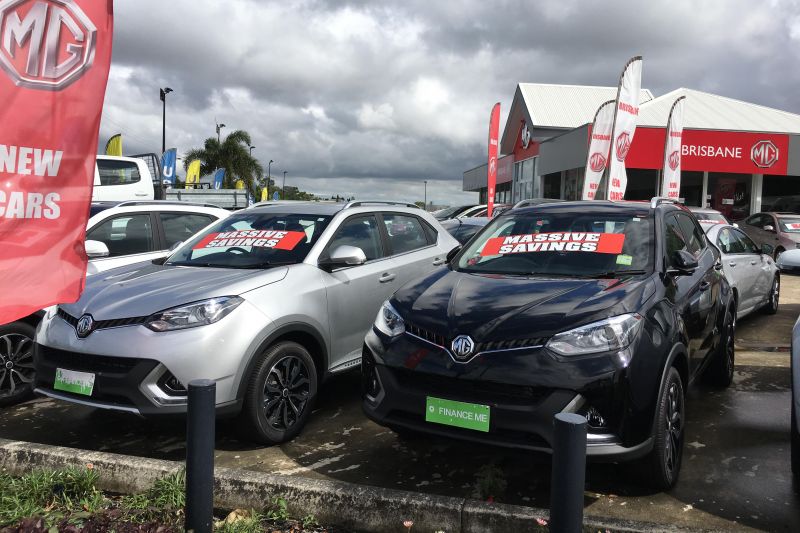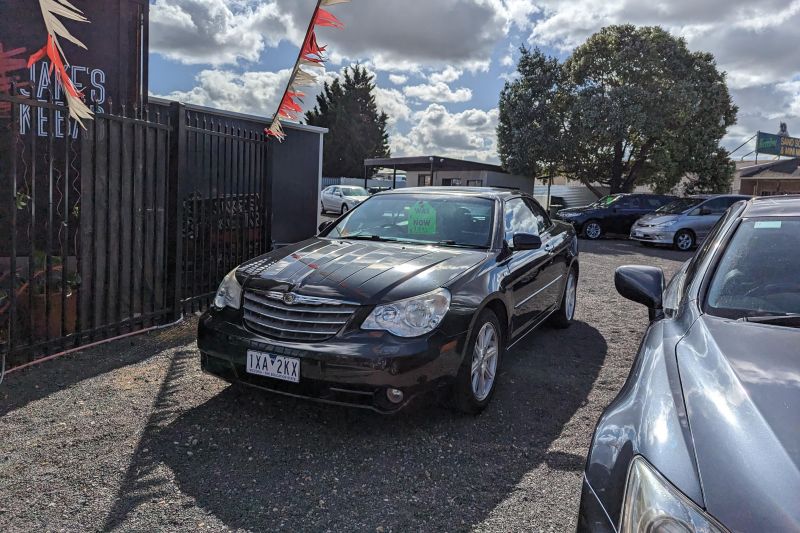What every new car buyer should do on a test drive

The car world is mostly back to a pre-COVID normal so there is no excuse for skipping a test drive.
All the brochures in the world cannot answer every question, and nothing matches the real-world feedback from the driver’s seat.
But a test drive is not just a drive. It’s also a chance to look, and touch, and explore the best and worst of your potential showroom contenders.
Get it right and you should be happy for many years and countless kilometres. Get it wrong…
If you think the CarExpert crew has been down this road before, we have. Every single day.
New car test driving is what fuels our passion for motoring and provides the answers to everyday questions about everything from the headroom to space for car seats, the spare tyre and even the number of USB outlets and air vents in a seven-seat family SUV.
The test drive is the final frontier for any new car purchase and should come at the end of the extensive research. After all, would you buy a house, the most expensive thing you’ll likely buy in your lifetime, without a walkthrough?
So think and cull, and plan and cull, and compare and cull, until you get down to two final contenders – three if you’re really conflicted – before heading into the elimination round with the test drives.
Where to start
A night-time visit is a good place to begin your car search.
No, not with a test drive.
Instead, wait until the dealership is closed and think like a commando – scout the territory, consider your threats and opportunities, consider the challenges.
You could easily eliminate a car or cars through a single walkaround without any pressure from the sales staff. It might not suit your style, it might be too big or too small, or just ‘wrong’.
A no-pressure visit to the dealership also means you will be on familiar ground for the test drive – even knowing the location of the front door will help.
Put on your reporter’s hat
A test drive is just like our press preview drives. Everyone is looking for quick answers to complex questions, searching for the pluses and minuses, and the clock is running.
So think like an expert, using our insider’s tips.
Take your time, be methodical and repeat the process for anything you’re considering. Make notes or, far better, take pictures. A smartphone gallery will instantly remind you of what you’ve seen, what you liked and what you didn’t.
It can even help you compare tyre sizes – they’re printed on the sides of the tyres – and even the fuel needs, found on the fuel sticker inside the refuelling cap.
It’s no good complaining later about rear-seat visibility if you didn’t check when you had the chance.
Do it once, do it right
If your budget only runs to a base model car, ensure that’s the one you drive. It’s no good falling in love with a flashy infotainment system or leather seats and a sunroof if you cannot afford them.
Everything comparative needs to compare like-against-like, on the same day on the same roads.
If you cannot test drive the car or route you want, then wait. Or just walk away.
Down to business
Chat time at the dealership should start with your budget, your expectations, and your needs from a test drive.
A five-minute run around the block will never give you what you need. So be firm but positive, happy and pleasant, and have your test drive plan locked in place.
It should include a piece of road you know well, preferably with a gnarly surface and potholes, a detour into a shopping centre car park, and a visit to your driveway and garage. You need to make sure the car will fit in your garage, after all.
Begin at the end
Ignore the driver’s seat, and the engine bay, and the obvious delights of the infotainment system.
Instead, walk straight to the back end and open the boot or the rear hatch. It’s here, out of sight and out of mind, that carmakers often take the easy way out.
First up, look at the carpet. Does it match the carpet in the cabin, or is it thin and cheap – what some people unkindly refer to as ‘mouse fur’?
Is there a light, are their hooks to secure your luggage, is there a ‘curry hook’ – a term from the UK – to hang a plastic bag with a hot takeaway meal?
Then lift the floor and check what it is – or is not – hiding.
Is there a spare tyre? If so, what sort – a space-saver, a plain steel wheel, or a genuine match for the alloys on the road wheels? Is there a tool kit?
If you’re going electric, what sort of charging cables are included? A growing number of companies are saving their money by removing a plug to work with a regulation three-pin home socket.
Now, to be more specific with checking your needs.
Is your hopeful an SUV?
Then open the rear hatch and look closely. Can you see exposed fittings, like bolt heads or allen-key screws? These are common on cheapies but should be shrouded on anything with a price tag beyond $30,000.
Do the gas struts hold the back door securely? Is there enough clearance without banging your head? Is it likely to fly up into the roof of a supermarket car park?
What about the load height? Imagine hefting the week’s groceries, or a pram, or your big dog, up into the back end.
Is your hopeful a regular hatchback or a sedan car?
Then how much real carrying capacity is in the back end, is there a big lip to haul things over, or is there a neat cutaway to make loading easier? Little things can mean a lot.
Do the rear seats fold to boost luggage space and is the backrest split 50:50 or 40:20:40 for more flexibility? Does the backrest actually fold flat, or is there an intrusive lip?
With a sports car, is there enough capacity for a weekend two-seater getaway? With an electric car, is there a ‘frunk’ – front trunk in the USA, a boot under the bonnet here – to give you extra capacity without a combustion engine?
If this sounds boring, or pointless, turn it into a game.
What can you find that is different, or better, or perhaps even best, on the tail end of your quest. Snap it all.
The middle ground
Next, head for the cabin and go straight for the driver’s seat – but don’t even think about starting the engine.
Instead, set the seat for your ideal driving position, step back out and sit behind ‘yourself’ in the back seat. Do the same thing on the passenger side, ideally with someone from your family – in our case, usually another journalist.
This is how you will really know the amount of genuine space for you and your crew.
Look around, touch and feel. How does the trim look and feel, what about the plastics, how do the windows operate, is it easy to open the door?
Are there air vents, how big are they and how much air flow is there? What about USB sockets? Cupholders? Armrests? It all counts and it’s all important.
Now move to the seats, their shape and support, and how they recline. Are they easy to use? And what about space for car seats, how easy are they to instal, and will your seats fit in the space?
If you’re looking into a big family SUV, then the next few items are critical.
How do you access the third row seats, is it the same from both sides of the car, do the seats slide as well as tilt? Could the kids operate the seats and how will they find getting in and out? Try it yourself first.
Sit in the third-row seats, if you can, and think about the youngster’s needs, from visibility and air vents as a start, through to cupholders to hold ‘gadgets’ and travel necessities.
If you’re unsure, you can always compare with what you already have at home.
Next, head back to the front.
The engine room
This time, avoid the front seats and open the bonnet instead.
Most people have no idea what’s in the engine bay, but it’s important to know how – and where – to check the engine oil and how to refill the windscreen washer bottle.
This is another place where carmakers cut costs, so consider the look and layout of the engine bay. Many upscale companies even have specialist designers to ’style’ the space for the oily bits.
In the case of an electric car, there is less to learn but it’s still good to know what you’re getting.
And a few little extras: is there sound deadening under the bonnet, are there gas struts to hold the bonnet up?
While you’re around the nose, also take a look at the headlights, the DRLs – the safety-first Daytime Running Lights – and the sensors for the driver-assistance system, which likely include radar in the grille and a camera system behind the windscreen up near the rear-view mirror.
A picture of the headlights will remind you to ask about the night-time lighting system on the car you want, with high-tech laser and matrix LED systems the best for brightness and coping with Australian conditions.
Finally, drive time
Get your pictures sorted, calm for a minute, then get set for action.
Sit down, settle in, look around and relax. Most importantly, ask questions.
How do you start the car – even finding the right button can be tough, and electric cars are all kinds of different – how do you adjust the mirrors, where do you put your phone to remove temptation?
Or, how do you pair your phone to answer calls without temptation?
On the infotainment front, can you get what you need – ahead of anything you want – with clarity and without distraction? Ask if displays can be adjusted, give priority to the speedo, and try not to get overwhelmed by the latest technology.
Then start the engine and sit. Just wait a little bit. What can you hear, if you can hear anything?
Shift into gear, and feel the operation of the controls. Is the brake pedal firm and comforting, is there any sort of clunking between gears, does an automatic display show the gear position adequately?
Now ease into action and beware – there could be unexpected alarm sounds, or flashing lights, warning about the proximity of other vehicles and obstacles.
Once you hit the road, accelerate a little briskly to feel the response, move the steering a little to test the resistance, and look around and about to check the visibility. Modern cars can feel quite claustrophobic at first.
For now, the driving bit is easy. Sit and absorb the sounds and feelings; concentrating on cabin quietness, how the car sits on the road and how it handles bumps, how it reacts when you turn the wheel. Relax and enjoy, if you can.
Then the harder parts.
Find a deserted piece of street, warn the passengers and go for the brakes. Hard. How does the car stop, how does the suspension react, does the anti-lock system kick into action?
Next up, parking. No, not the dreaded reverse park torture from the driving exam, but how it fits into the slots at a supermarket.
How hard is it to park, is there enough space to open the doors afterwards, do you have a good view?
Thanks to modern technology, almost every car has parking sensors as a bare minimum and a ‘360-degree camera view’ is at the top end. But ignore the tech and go old-school to see how hard it is to manoeuvre and park.
If you can, drive the car home and hit the driveway – a surprising number of people have tricky approaches, or steep inclines that can can trigger safety systems, or challenge an automatic gearbox, or just make life unpleasant.
If the driving will be shared, give everyone a go. Use it as a chance to sit in the back and double-check the youngster stuff.
Don’t be fussed, don’t be flustered, don’t be pressured. This will be your car and your money.
You deserve to have the best possible test drive experience, and the best possible comparison test of your contenders.
Back at the dealership
It’s quiet time. For you.
Sit and decompress, let the sensations of the new car experience wash over you and then recede. If this sounds a bit Zen, it’s also about letting the heart and mind work together.
If you still have questions – safety systems and infotainment usually top the list – ask them now.
Then leave.
Be polite, be thankful, but the test drive process is not done until you have driven all your contenders and are sitting at home, looking at pictures, thinking and talking and assessing.
What you have experienced might have reinforced your original thinking, or raised questions, or created an opportunity, or forced a re-think on budget, or what’s really important.
That’s what it’s all about.
On the secondhand side
Car dealerships are the quick-and-easy solution to car buying, even if you’re shopping secondhand. So expect to pay more, because you will. But scout the private sales, check with friends, and ensure you have these basics:
1. Find an expert
Never go shopping alone for a used car. You need someone impartial, helpful and hopefully experienced to come along with you. They can check for hidden flaws or trigger questions – remember the boot – while you do the basics.
2. Get underneath
Even if you have no idea, get on the ground and look at the cleanliness, the tyre wear, signs of abuse. It’s the same everywhere, you even have to get underneath the carpets to look for rust, or damage, or pointers to a tough life.
3. Look for triggers
A super-clean engine often points to potential problems, so start the engine and let it run. Are there signs of oil leaks, smoke from the exhaust, any nasty noises, a low water level in the radiator?
4. Have a checklist
Check and compare, always. Set your priorities on things like comfort, boot space, safety and economy, and assess everything against your objectives.
5. Driving.
Taking a test drive in a used car is always tougher because none will be new-car perfect. So concentrate on things you can see and feel, from a scratched windscreen to any wonkiness in the steering, free play in the brake pedal, hesitation from the engine or transmission, or creaks and groans from the suspension.
If you’re not happy, walk away. It costs nothing to move on and, unless you’ve found the legendary ‘only driven to church on Sundays’ collector’s car, there will always be another day and another car.
